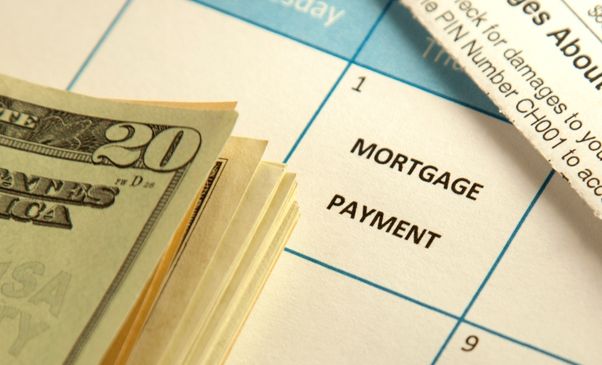
One of the most confusing parts of getting a mortgage is understanding who will make your payments over the life of the loan. With this in mind, it might be helpful to learn some basic terms and concepts regarding mortgages - such as amortization, interest rates, and even prepayment penalties!
What is the Purpose of a Mortgage?
The mortgage is a financial instrument that allows a person to borrow money from a lender to purchase or improve a property. The loan secures the property and may be used to buy, build, or fix a home. Payments on a mortgage are typically paid every month to the lender directly.
The purpose of a mortgage is twofold: first, it enables people to purchase property using borrowed funds; second, the monthly payments reduce the risk borrowers carry concerning their home ownership. In other words, the bank has the right to take your house back if you don't pay your mortgage.
While mortgages originated as a way for people to purchase homes, they have become increasingly popular among individuals who want to borrow money to fix up or upgrade their properties. There are several reasons for this:
- Mortgages allow borrowers to take on more significant debt amounts without taking on as much risk.
- Mortgage interest rates are often lower than other financing types.
- Mortgage payments are typically scheduled monthly, making them easier to manage.
What is the Mortgage payment structure?
When you take out a mortgage, the loan's terms dictate how much you will pay monthly. Your lender will deduct a fixed amount from your monthly pay check to make the monthly payments. The mortgage payment is a set monthly sum that often includes both interest and principle and is referred to as such.

Interest is what you pay your lender each month for using their loan. Your interest payment is a direct reflection of the loan's interest rate.
A principal is what you borrow in total, representing the actual cost of your mortgage. When you take out a mortgage, the lender expects to receive back at least the principal plus interest, if not more. If the value of your home decreases over time, then your lender may require that you make additional payments to compensate for this loss.
How Does a Mortgage Work?
Understanding the mortgage payment structure can help you better understand and manage your finances.
You take out debt when you take out a mortgage to buy a home or other property. The loan has ensured the government, which means that the lender will provide you with a set amount of money - usually in the form of a mortgage - in return for your promise to repay the loan over a set period. It will determine your payback plan depending on your monthly income and the interest rate on your loan.
The terms of your mortgage will also depend on your mortgage type. Fixed-rate and adjustable-rate features are combined in this kind of mortgage. This type of mortgage gives you more control over your monthly payments, but it can also be more expensive than either type of mortgage on its own.
A conforming loan meets all of the requirements set by the government - including having a minimum down payment and offering low-interest rates - so it is usually the cheapest option available. Non-conforming loans may offer lower interest rates, but they may not meet all of the government's requirements, which could lead to higher payments or even foreclosure.

What makes mortgages so complicated to understand?
It can be hard to understand mortgages and even harder to pay them off. Here's a look at the mortgage payment structure and its complexity.
To begin, let us examine the process of obtaining a mortgage. Paying back the loan with interest is a condition of taking out a loan from a lender.
- First, to pay off your mortgage quicker, you'll need to pay the interest on your loan each month.
- Second, there are different types of mortgages that have other terms. While the interest rate on a fixed-rate mortgage remains the same during the loan's term, rates on an adjustable-rate mortgage may rise and fall.
- Third, you might need to make monthly or monthly payments.
- Fourth, your mortgage might have a balloon payment (a sizeable one-time payment at the end of the loan term) or a step-up in payments (a gradual increase in your monthly bills).
- Fifth, there are penalties for not making annual or semi-annual payments on time.
- Sixth, you might have a prepayment penalty if you withdraw money from your mortgage before it's due.
Pros and cons
Pros:
• This product provides a comprehensive understanding of the mortgage payment structure.
• The explanations provided are clear and easy to read.
• This product is perfect for those who understand the mortgage payment structure better.

• For individuals wishing to have a better grasp of mortgages, this program is appropriate.
• Overall, this excellent product provides comprehensive information on the mortgage payment structure.
Cons:
• Although this product is comprehensive, some users may find it difficult to read due to its dense text format.
• Some users may find the explanations provided insufficient or too basic.
• Some users may not find this product helpful or exciting due to its dense text format and lack of detailed information.
Conclusion
Home buying is a big decision, and adding the mortgage into the mix can be even more complicated. We discussed about the many sorts of mortgages and how they function. Hopefully, understanding what's involved in getting a mortgage will better equip you to make an informed decision about whether or not purchasing a home is right for you.



